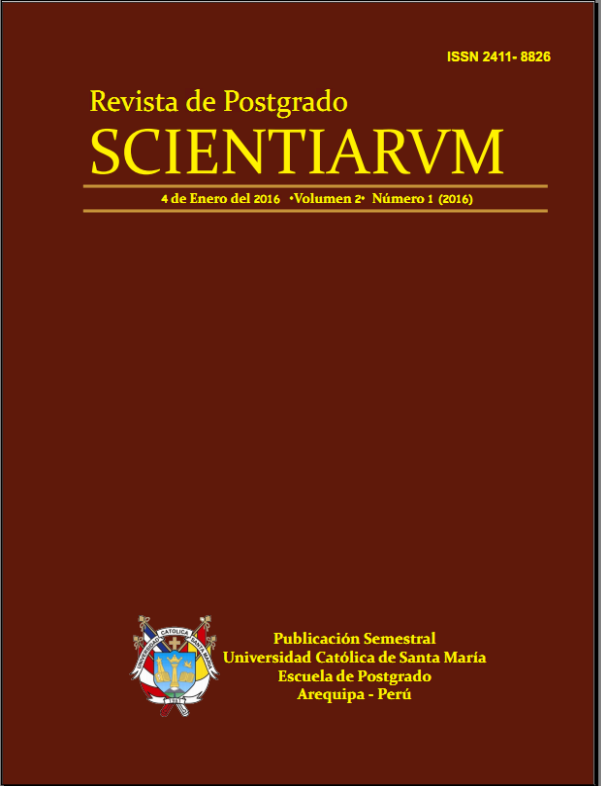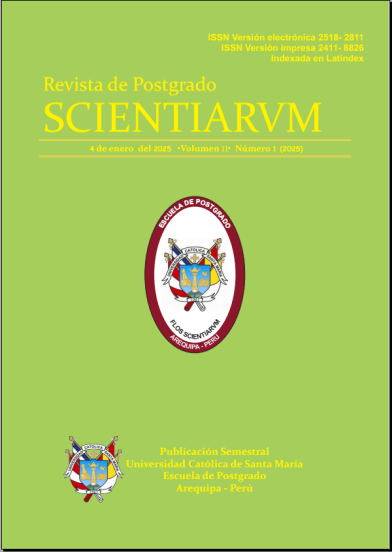PRODUCCIÓN DE CEBOLLA (ALLIUM CEPA L.) CON UN BIOMEJORADOR DE SUELOS Y FERTILIZANTES ORGÁNICOS EN LA IRRIGACIÓN MAJES
Omar Zeballos 1; Oscar Loli 2; Manuel Canto 3; Julio Alegre 2
(1)Universidad Católica Santa María
(2)Universidad Nacional Agraria La Molina, Departamento Académico de Suelos
(3) Universidad Nacional Agraria La Molina, Departamento Académico de Fitopatología
Resumen. El objetivo fue evaluar el efecto de un biomejorador de suelos y de fertilizantes orgánicos en la producción de cebolla conducida bajo dos sistemas de riego tecnificado. El experimento se realizó en una parcela de aspersión y otra de goteo, en ambas fueron establecidas las fuentes y niveles de fertilizantes orgánicos (gallinaza y guano de isla) comparados con fertilización química. Un total de 9 tratamientos fueron distribuidos en un diseño de bloques completos al azar, para luego efectuar un análisis combinado de ambas parcelas. Se evalúo el rendimiento (t.h-1) en categoría de bulbo comercial “primera” y “segunda” y total en la primera y segunda campaña (efecto residual). En la primera campaña el mejor fertilizante orgánico fue el guano de isla, mientras que en la segunda campaña gallinaza en combinación con el biomejorador de suelos mostro el mejor comportamiento para en la categoría de bulbo primera. Estos rendimientos tanto en la primera campaña como en la segunda campaña fueron superiores bajo riego por goteo.
Palabras clave: Allium cepa, Fertilizante orgánico, Biomejorador de suelos.
Abstract. The objective was to evaluate the effect of a soils bioenhancer and organic fertilizers in the onion production carried out under two technical irrigation system. The trial was carried out in a plot under spray irrigation and under drip irrigation, in both plots the sources and levels of organic fertilizers (Chicken manure and seabird guano) were compared with chemical fertilization. A completely random block design was used with 9 treatments and 3 replications for each plot, and a combined analysis to both plots was made. Onion total yield (t.h-1), “first” category yield (t.h-1) and “second” category yield (t.h-1) were evaluated in the first cropping season and in the second season (residual effect). The yields to the first cropping season showed that the best organic fertilizer was the seabird guano, while in the second season chicken manure in combination with the soils bioenhancer showed the best performance in onion’s bulb “first” category. The yields from the first cropping season and the second season were greater under drip irrigation.
Key words: Allium cepa, Organic fertilizer, Soils Bioenhancer
Revista Seleccionada
Enero 2016 Volumen 2 - Número 1 P 27-35
DOI: 10.26696/sci.epg.0021
Enlaces
EDITORIAL
CIENCIAS SOCIALES Y HUMANIDADES
DUDA RAZONABLE Y ESTÁNDAR DE PRUEBA PENAL APUNTES INTRODUCTORIOS
EL ESTADO CONSTITUCIONAL Y LA TRANSFORMACIÓN DEL DERECHO
EL JUEZ NATURAL Y SU IMPORTANCIA EN LA DEMOCRACIA
CIENCIAS BIOLÓGICAS Y DE SALUD
SUSTENTABILIDAD, DESARROLLO SUSTENTABLE E INDICADORES DE SUSTENTABILIDAD PARA AGROECOSISTEMAS
AGRICULTURA POR CONTRATO Y LA SOSTENIBILIDAD DE LOS PEQUEÑOS PRODUCTORES AGRARIOS


